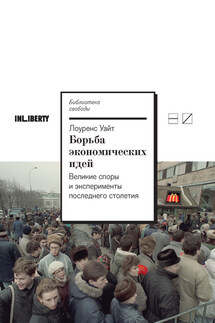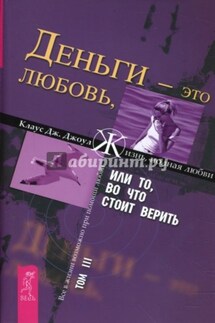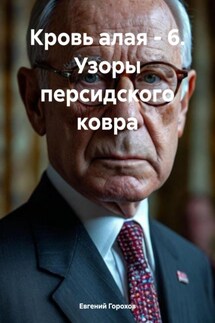The General Theory of Capital: Self-Reproduction of Humans Through Increasing Meanings - страница 70
Hence, the self-reproduction of culture-society is built upon both certainty and uncertainty. The process of production, circulation and consumption of goods is a process of overcoming uncertainty. At the same time, as Robert Sapolsky shows, uncertainty is the very condition that makes cooperation between people possible. The prisoner’s dilemma can only be solved on the assumption that the players do not know how many rounds the game will have and therefore behave irrationally (cf. Sapolsky 2017, p. 634).
In the space between certainty and uncertainty, there arises probability (risk). Probability should not be confused with either necessity or accident. According to Keynes’s famous definition, which borrowed from Knight, an event is uncertain if there is no basis for calculating the chances of its occurrence or non-occurrence; in contrast, a probable event is an event whose chances can be calculated (see Keynes 2013, vol. 14, pp. 113-4).
Probability lies between necessity and accident. Unlike strict necessity, it is variable. However, unlike accident, it is finitely variable. Profit is an accident, while cost is a necessity. In between lies probability, or interest. Property and interest have the same root, they are interrelated results of an increase in meanings, the gradual transformation of uncertainty into risk and the division of rights and risks. In the early stages of their evolution in a traditional culture-society, profit and interest are almost equally uncertain: the amount of interest roughly corresponds to the amount of expected profit. The evolution of interest led to its decline in relation to profit. This expresses the nature of interest and property—it is part of the uncertainty that can be transformed into risk.
The transformation of uncertainty into risk and then into certainty occurs in the process of activity—that is learning and imitation, trial and error. During socio-cultural evolution, a “double adaptation” occurs: men adapt to the environment by changing meanings, and meanings adapt to the environment by changing men. The quality of this mutual adaptation is determined by the effectiveness of feedback. People learn when they receive rapid and frequent feedback on their actions—be it making things, keeping promises, or discovering new laws of nature. Learning occurs through the repetition of events and actions, the formation of stable meanings—norms or routines. The efficiency of adaptation depends on the norms that regulate the activities of the culture-society, that is, on the socio-cultural order:
“Adaptive efficiency, on the other hand, is concerned with the kinds of rules that shape the way an economy evolves through time. It is also concerned with the willingness of a society to acquire knowledge and learning, to induce innovation, to undertake risk and creative activity of all sorts, as well as to resolve problems and bottlenecks of the society through time. We are far from knowing all the aspects of what makes for adaptive efficiency, but clearly the overall institutional structure plays the key role in the degree that the society and the economy will encourage the trials, experiments, and innovations that we can characterize as adaptively efficient” (North 1990, pp. 80-1).
Culture and meanings emerged as a means of overcoming the uncertainty of the natural environment, the mutual inadaptation of habitat and protohumans. As an adaptation process, cultural evolution reduced natural uncertainty, leading to the emergence of an agrarian culture-society with its traditional order, possession and political ownership. However, the same cultural evolution has led to an increase in the uncertainty of the domus, the culture itself. The more complex the culture, the more variable it is. The more information, the higher the uncertainty: the random grows faster than the probable:







